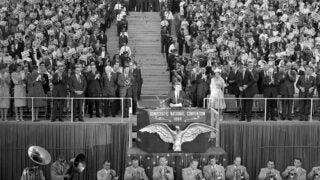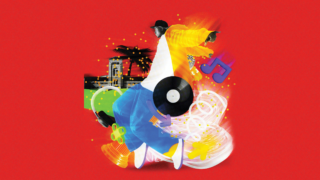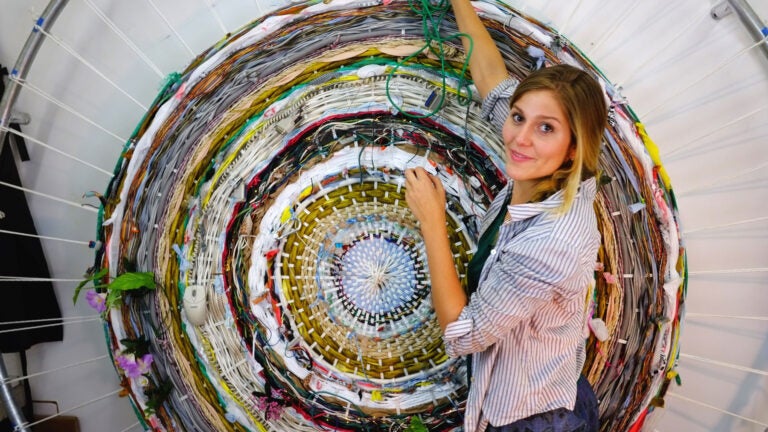
USC Roski alum Richelle Gribble works in her studio. (Photo/Courtesy of Richelle Gribble)
USC Roski alum prepares to launch a COVID-inspired time capsule
Artist Richelle Gribble is leading the collection of materials that could help future generations understand the impact of this global pandemic. The capsule will be sent to the moon by 2022.
Dean Haven Lin-Kirk of the USC Roski School of Art and Design always hopes that her students will shoot for the stars, but the moon?
It was an out of this world aspiration — literally — but that didn’t stop USC Roski alum Richelle Gribble from launching a global initiative called the Great Pause Project. Created by Gribble and a multidisciplinary team of artists, scientists and space enthusiasts, it aims to document the global COVID-19 pandemic via a repository of photos and written responses that will be archived digitally, placed into a time capsule and launched to the moon.
“This is what a university artist looks like — they want to be engaged in the world in a much bigger way,” Lin-Kirk said. “She’s everything that’s great about our school. She’s not just in her studio making art; this is a call to action.”
The project’s grand mission is to connect art and science in order to amplify a singular message: we are all connected as a global society on Earth and beyond.
“We have a shared mission to democratize space and essentially capture a global voice about our time here on Earth,” Gribble said. “The pandemic is tangible proof that we are a connected global community, and we must reflect on what it means to be a highly interdependent species.”
Time capsule will document life during COVID-19
Through the Great Pause Project, Gribble has invited the world to archive, document and share their story on an open-source web platform with three components:
- Echo/location survey: A questionnaire asks participants about their feelings during the pandemic and their vision for the future.
- The “window effect”: This section invites participants to upload photos that capture the perspective of looking outside a window from inside their home to celebrate our interconnectivity from isolation.
- COVID-19 photo diary: Participants are asked to upload images or signs unique to the pandemic and this time in history.
“I’ve always had a deep interest in using art to build social and environmental responsibility,” Gribble said. “As a growing species of almost eight billion, a global pandemic really requires that we shift our viewpoint from outside of ourselves.”
In June 2019, Gribble and artist collaborators Elena Soterakis and Yoko Shimizu came together to form Beyond Earth, an artist collective dedicated to exploring the frontiers of art and space. They expanded collaborations with artist Isabel Beavers and partner organizations including Arch Mission Foundation and LifeShip to send art to the moon.
But when the pandemic hit just nine months later, Gribble and her team refocused their mission and created the Great Pause Project. It’s proven to be an unprecedented artistic and scientific space odyssey.
“We wanted to invite the public to take photos and write responses for the Great Pause Project to share observations during lockdown,” Gribble said. “This ‘global pause’ creates a collective memory while pausing to reset and envision hopeful futures. The time capsule is a record of today but also a hopeful vision for tomorrow.”
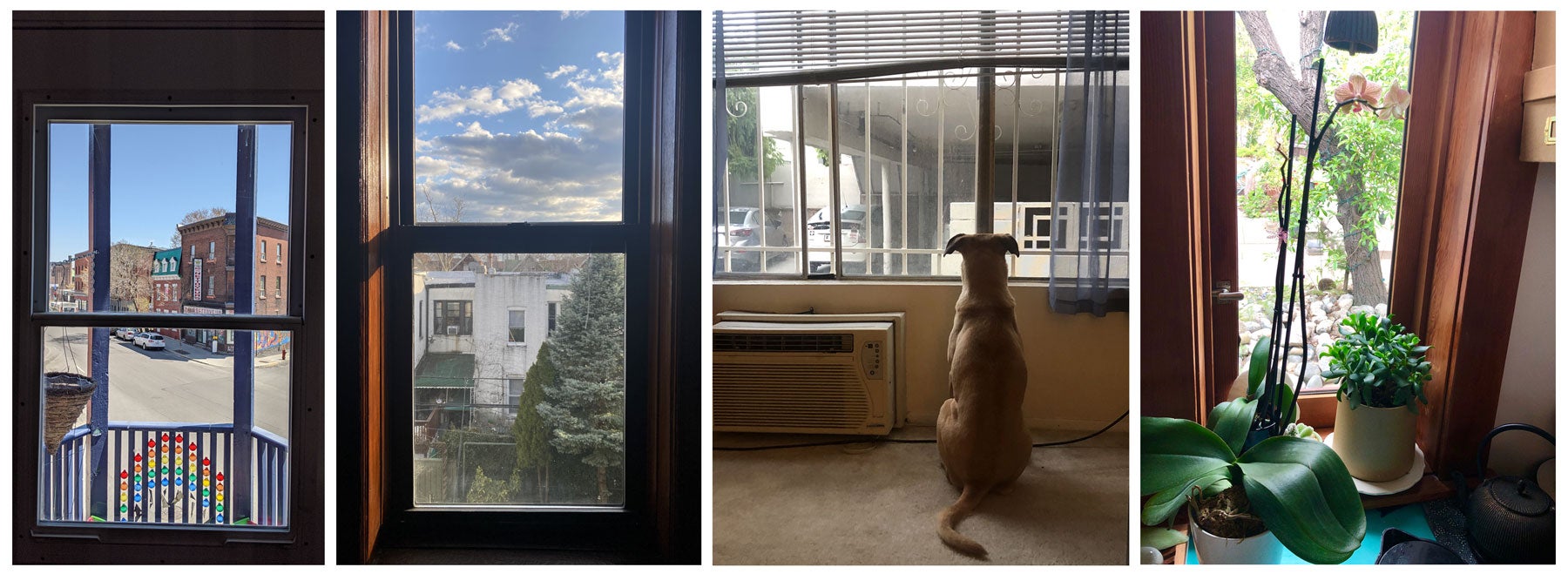
Gribble said the time capsule will be sent to the moon because, at such a distance, our interconnectivity becomes clearest — bound by the pale blue dot. That’s where LifeShip comes in.
“LifeShip’s grand mission is to send life to the stars,” said Ben Haldeman, the organization’s founder and CEO.
“We are saving a ‘seed of life’ with DNA from all different species and people,” he said, noting that people can add their DNA to the project for a fee. “It’s a record of life today and a backup copy of Earth’s blueprint.”
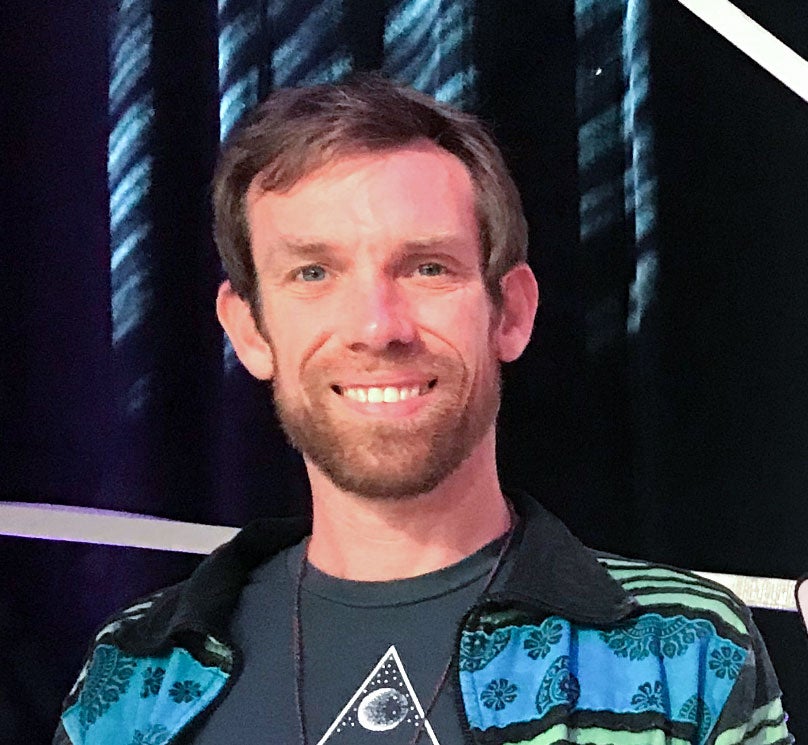
The DNA will be embedded along with the Great Pause Project art and archived in a time capsule library provided by Arch Mission Foundation, a nonprofit that archives the knowledge and species of Earth so that future generations can one day build a solar systemwide record of human knowledge and Earth’s biology.
The value of mixing art and science, especially during a pandemic
Gribble said that bringing together art and science enables new ways of seeing and behaving in the world. An example of this is evidenced by the iconic “blue marble” photograph taken by astronauts. Once it was published, it sparked environmental movements, artistic expression and even a global shift in perspective.
“If we really want to carry forward as a species, and also really effect change, it requires working across different disciplines,” she said. “Art gives you emotional sensations, a sense of embodiment and a form of connection and empathy which, perhaps, is left out in the ways science is brought to the public.”
Haldeman agrees wholeheartedly.
“Space is big and vast. It needs something to make it connected to people, to make it relatable, to inspire that wonder and curiosity,” he said. “Art really bridges that gap.”
The information inside the time capsule is evidence that we are all connected.
Richelle Gribble
Gribble said it is vital that our society has the opportunity to tell its own story about the pandemic so that citizens of the future can bypass our mistakes.
“The information inside the time capsule is evidence that we are all connected,” Gribble said. “Our actions can shape and affect others.”
The Great Pause Project team has secured a spaceflight on a lunar lander with Astrobotic, scheduled to launch to the moon by 2022. The launch will be the first of a commercial moon lander from the United States.
The information on the time capsule will be encoded into synthetic DNA and nanofiche, a new analog archival preservation media that is nickel-based, doesn’t degrade and never has to be replaced. It’s designed to last a billion years.
“Together, we will share our experience to heal and connect while preparing a message to citizens of the future,” Gribble said.
To join the Great Pause Project and share your experience during the COVID-19 pandemic, visit the project website.

